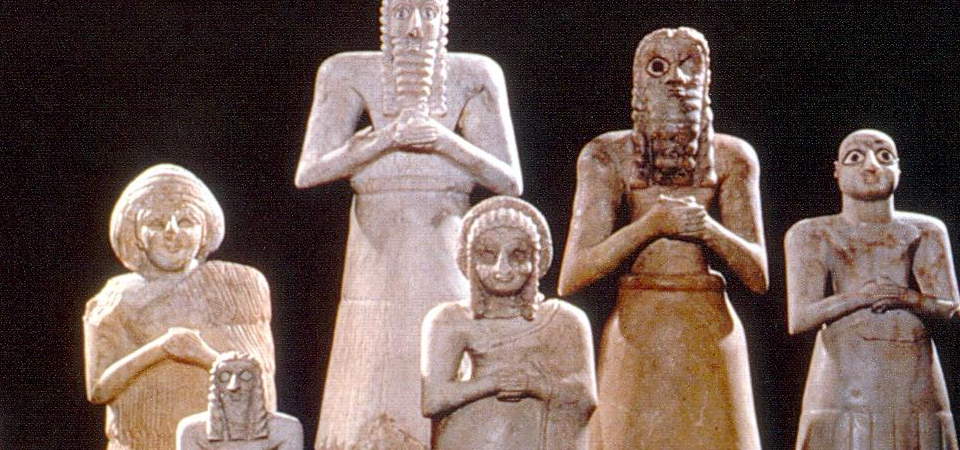Christians contend that some of the tenets of neo-pagan religion seem to draw power that comes out of darkness, the realm of the satanic in biblical terms. What about this?
In the Scriptures, two seemingly conflicting viewpoints about pagan gods are set forth. First, the other gods are false gods and non-existent gods. That is the point of the dramatic encounter between the prophet Elijah and the prophets of Baal on Mt. Carmel where Elijah challenges the Baal-worshipers to implore their god to lick up their sacrifice with fire. Nothing happens. No fire, no smoke, no god. Then Elijah asks the Lord to take his sacrifice, and fire descends from heaven (see 1 Kings 18:16-46).
This story shows that Baal was nullified because he was shown to be an invention of people’s imaginations. This theme was picked up by other prophets, as recorded in the Bible. Isaiah ridiculed false gods by saying a man cuts down a tree, uses some of it as firewood to warm himself and bake his bread, and “he also fashions a god and worships it” (44:15). And the apostle Paul said in 1 Corinthians 8 “that an idol is nothing at all in the world . . . there is no God but one. For even if there are so-called gods . . . yet for us there is but one God” (vv. 4-6).
On the other hand, the Bible also presents us with the viewpoint that the false gods may have some reality after all. The apostle Paul says in 1 Corinthians 10:20 that the sacrifices of pagans are offered to demons. The New Testament without ambiguity asserts that one of the root causes of evil in the world are the unseen powers of evil, that Satan and demons are real (see Eph. 6:10-18).
How can we reconcile these two viewpoints? By realizing that they can both be true. People can make up spiritual beliefs, but they can also be deceived and energized by very real, evil spirits.
There are many stories from different parts of the world that repeat what we find in the Bible about the power of God and the power of the demonic clashing.
A few years ago I traveled with some friends to the remote villages of southern Ethiopia. The small plane we were in traversed the sharp ridges of mountains that looked like they were covered in green felt that then dropped away to vast expanses of desert brush. We flew over rivers where hundreds of flamingos suddenly broke into flight, splotches of pink flowing in their own kind of river. In the deep south, far away from civilization, we landed on a dusty strip—but only after the pilot buzzed the red patch of dirt to chase a couple of cows and goats off of it. Pictures of villagers like the ones we met appeared on the pages of National Geographic in years past, showing off the lip disks that progressively stretch the lips into large protruding bills. Many of the women wore rings of metal all up their necks, some with a post off the front end. (I was told the post was used by husbands as they beat their wives.)
In a village like that, you see either fear etched in people’s faces or a vacant, emotionless, flat expression. The local witch doctors exercise domination and control, and people live in fear of spells cast and of the spirits of dead villagers haunting the village. But we also saw in that same village an entirely different look in the faces of the Jesus believers. They were free and believed themselves to be forgiven. Their faces were bright and responsive. They had withdrawn themselves from the domination of witchdoctors. They walked with purposeful strides, so unlike the woman I passed on the path whose face was drained and who dragged her legs. The gods of her village had done nothing for her but put her in a state of fear, expecting the worst.
[Adapted from I Want to Believe: Finding Your Way in an Age of May Faiths]

Valuable info. Lucky me I found your site by accident, I bookmarked it.
found your site on del.icio.us today and really liked it.. i bookmarked it and will be back to check it out some more later